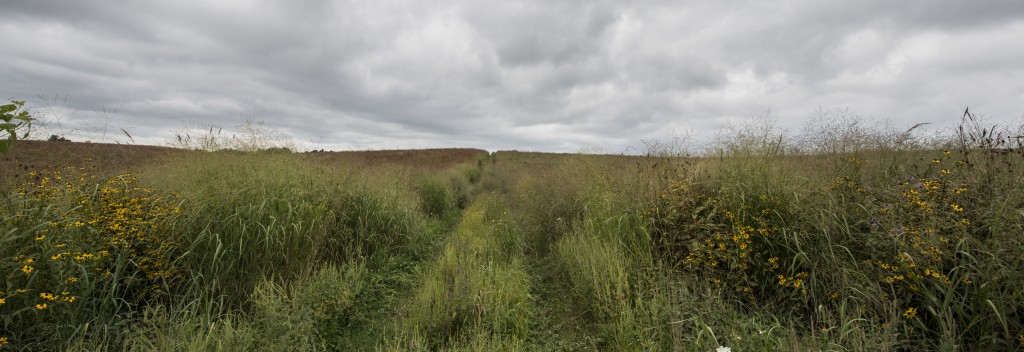Spring has sprung! It is the perfect time to take your students outside to see the plants and animals around them. This week we highlight three outdoor lessons perfect for spring.
Take students on a field trip to do a forest walk
This lesson is perfect for earlier grade levels. The page above provides a scavenger hunt that students can use during a nature hike through a forest. It also includes guides to identifying Michigan trees and animal tracks. It’s a great way to help students notice the world around them.
Pollination: what’s on your flowers? Observing and quantifying pollinator visitation
Where there are flowers, there are bees! This lesson explores the interdependent relationship between spring flowers and their pollinators. Students will randomly select a group flowers and the count the number of times bees, butterflies, and beetles that come to visit. More advanced students can use graphs to compare differences between different flowers. For a real challenge, students can develop and test a hypothesis about which flower types will be visited most.
The double life of a squirrel: seed disperser and predator
Squirrels are a common school-yard companion. But did you know they play an important ecological role? Many seeds succumb to squirrels’ voracious appetites. However, some seeds that squirrels bury for later are forgotten and turn into plants. Squirrels can help them disperse to new areas with less competition. This lesson has two activities. In the first, students make observations of squirrels in their own school-yard and contribute to the citizen scientist database “Project Squirrel.” In the second experiment, geared toward old students (8th-high), students explore whether local habitat can influence whether squirrels behave as seed dispersers or seed predators.


A legacy of conservation; a commitment to sustainability.
3700 E. Gull Lake Drive
Hickory Corners, MI 49060
(269) 671-5117
info@kbs.msu.edu